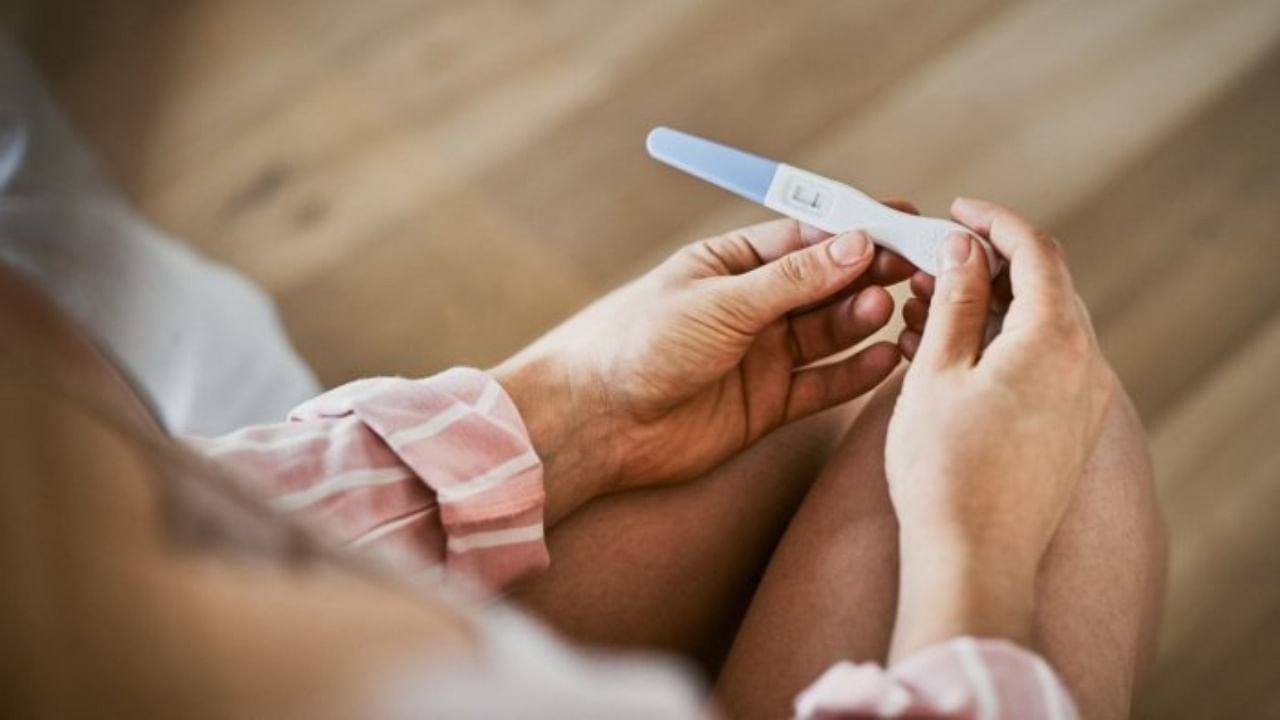
With 1.8 billion people between the age group of 10 and 24 years, the world comprises an unpresented number of young people today. Their hopes and aspirations are a culmination of their own interests and experiences built on their environment and social interactions.
Education and skill building are considered the most significant investments in young people and their futures, which are often reflected in budgetary allocations and initiatives supported by various governments across the world. While these investments are unarguably imperative, what is equality important is building a healthy generation that is well-equipped to handle the challenges and uncertainties life has to offer. The Covid-19 pandemic has taught us a tough lesson — to never take good health for granted.
Young people are largely considered a healthy cohort which has resulted in a lack of focus on their health and well-being. This is also reflected in research, with only 2.2 percent of the State’s total development assistance for health being spent on adolescent health, most of which is conducted in high-income settings.
Also Read: Upskilling trends in talent/tech space
Sexual and reproductive health (SRH) is a crucial aspect of young people's well-being, encompassing physical, emotional, mental, and social aspects, particularly during this transformative period. Adolescent health and well-being education can lead to an increase in knowledge, improved attitudes related to the SRH along with long-term outcomes such as developing gender-equitable attitudes, confidence, and self-identity. India's National Health Policy 2017 and draft National Youth Policy 2021 recommend adolescent health and well-being education, emphasising adolescent health challenges and the long-term potential of investing in their healthcare.
Recognising the needs of this group and the health risks it is exposed to during transition to adulthood, the Government of India adopted the Adolescent Reproductive and Sexual Health Strategy in 2005, and the subsequent Rashtriya Kishor Swasthya Karyakram (RKSK) or national adolescent health programme in 2014. In addition, the National Population Policy (2000), the National Youth Policy (2014), Rashtriya Yuva Sashaktikaran Karyakram (RYSK-2016), the National Health Policy (2017), the School Health & Wellness Programme (2020), and several other policy commitments as well as programme initiatives address the needs of adolescents and youth.
Despite programme commitments, adolescents continue to grapple with limited avenues for understanding their physical, sexual, and mental health issues and seeking help. There is unequal reach of age-appropriate sexuality education for adolescents, and most awareness programmes focus on non-taboo subjects such as menstrual health, nutrition, or reproductive health at an older age. As adolescent girls grow older, critical events such as marriage and childbearing change their life course, over which they often have limited decision-making autonomy.
The manifestations of the negative experiences faced by adolescents are multi-fold. Mental health conditions account for 16 percent of the global burden of disease and injury in people aged 10-19 years. Half of all mental health disorders in adulthood start by age 14, but most cases are undetected and untreated. Building socio-emotional skills among adolescents and providing them with psychosocial support in schools and other community settings can help promote good mental health.
Unlike other health services, ensuring the SRH and mental health for young people goes beyond service delivery. It involves shaping appropriate behaviours as well as overcoming external barriers that prevent them from accessing services as per their needs and preference. School-based programmes are most impactful when complemented with community engagement activities.
There is a simultaneous need for greater engagement with families and communities, and emphasis on continuous training and monitoring of teachers, health workers, and counsellors. At the national level, joint actions through convergence between key ministries such as Health & Family Welfare, Education, Women & Child Development, Youth & Sports Affairs, and Skill Development & Entrepreneurship, are necessary to address the intersecting needs of India’s large and diverse young population.
Investments in transmedia behaviour change communication strategies that go beyond information provision and address the age-, gender-, and location-specific needs of young people should be prioritised in programme implementation plans. Social and behavioural change communication (SBCC) campaigns need to reflect the voices of adolescents, sexual minorities, and adolescents with disabilities, and extend to families and communities that are the primary influencers, especially in adolescence. Apart from better information and behaviour change, completing secondary school education is the single most significant factor seen to be associated with better SRH outcomes, especially for girls, including delaying marriage, childbearing, and increase in contraceptive use.
Young people are critical players for countries to achieve its development goals and involving them in decision-making will help in realising a healthier, more equitable world. On World Health Day, lets pledge to make adolescent health and well-being central to the global health agenda.
(Sanghamitra Singh is Lead – Policy and Programmes, Population Foundation of India.)
(Disclaimer: The views expressed above are the author's own. They do not necessarily reflect the views of DH.)